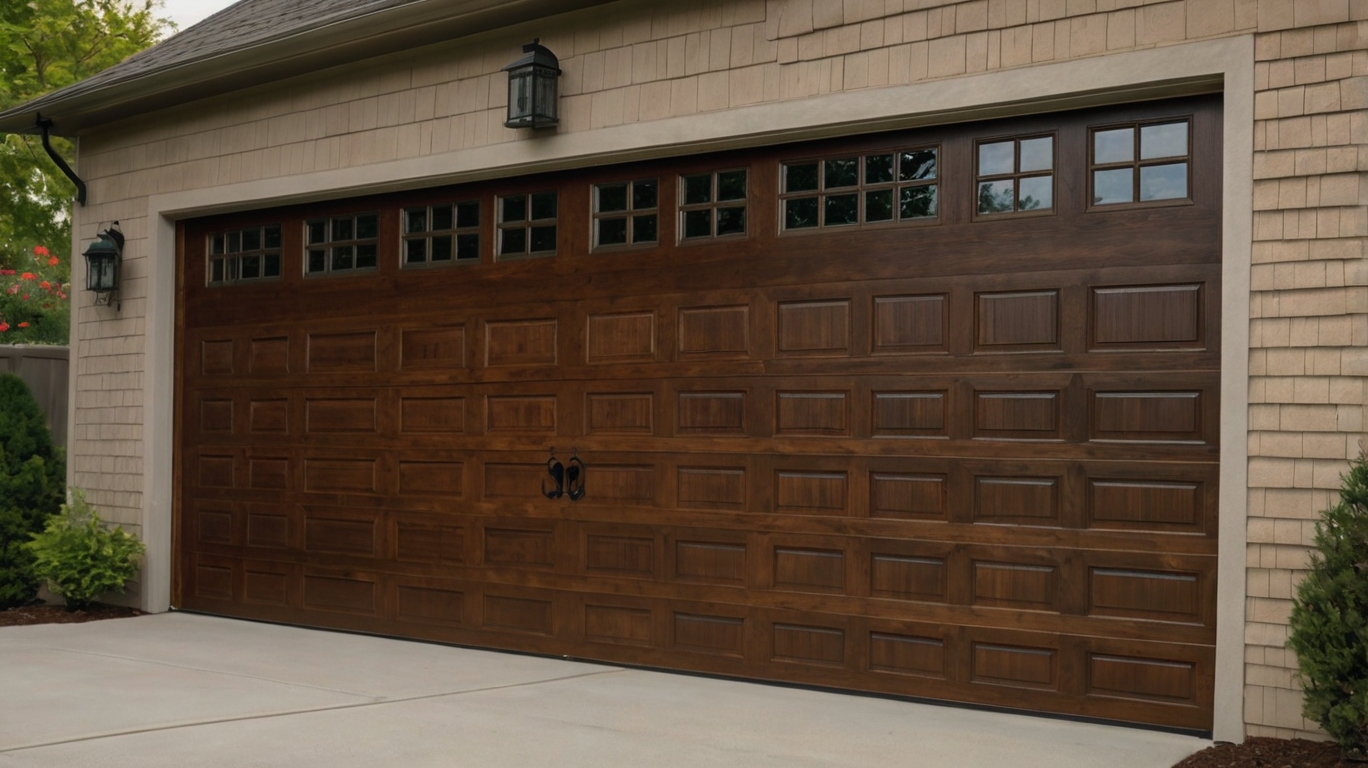A malfunctioning garage door can be a major inconvenience, but you may not need to call a professional right away. By taking a few simple steps, you can often diagnose the issue and potentially fix it yourself. This guide outlines basic troubleshooting techniques to help you identify the problem and prepare for professional repair services if necessary.
Table of Contents
Inspect the Door for Obvious Damage
Begin by carefully inspecting the garage door for any visible signs of damage, such as dents, cracks, or misaligned sections. Pay close attention to components like rollers, hinges, and springs, checking for wear and tear that could impact functionality. Noting these issues in advance can help provide valuable insights to the repair technician, potentially speeding up the repair process.
Check the Door’s Balance
A properly balanced garage door should operate smoothly and remain open about three to four feet above the ground. If your door slams shut or shoots open too quickly, it may be off-balance, putting unnecessary strain on the garage door opener. To check for balance issues, pull the release handle (typically a red cord) to disconnect the opener, then manually lift the door halfway. If it doesn’t stay in place, the springs are likely unbalanced and should be adjusted by a professional.
Test the Safety Features
Most garage doors have built-in safety features like auto-reverse and photo-eye sensors. Place an object like a brick or a piece of wood on the ground in the path of the door. If the door does not automatically reverse upon hitting the object, then the auto-reverse mechanism may be malfunctioning. Similarly, clean the photo-eye sensors with a soft cloth and check their alignment; misalignment or blockages can prevent the door from closing properly.
Listen for Unusual Noises
Operate the door and listen for any unusual noises such as grinding, scraping, or squeaking. These sounds can indicate where the problem lies. For instance, grinding might suggest a problem with the rollers or the track, while squeaking may point to poor lubrication.
Lubricate Moving Parts
Proper lubrication is crucial for the smooth operation of your garage door. Use a garage door lubricant to spray the rollers, hinges, tracks, and springs. This can sometimes free up the door and resolve minor sticking or noise issues.
Reset the Opener
If your garage door opener is not working correctly, try resetting it. This can be done by unplugging the unit from the power socket for about a minute and then plugging it back in. This reset can sometimes resolve minor electronic issues.
Assess the Remote Control and Keypad
Issues with the garage door might be as simple as problems with the remote control or the keypad. Check the batteries in the remote and ensure the keypad is functioning correctly. Also, make sure there are no obstructions blocking the signal between the remote and the opener.
Conclusion
Before calling for professional garage door repair services in Utah, consider taking a few simple steps that could save you time, effort, and money. Begin by thoroughly inspecting the door for visible issues such as dents, broken springs, or misaligned tracks. Test the safety features, like the auto-reverse function, to ensure they’re operating properly. Lubricate moving parts, including hinges, rollers, and springs, to eliminate squeaks and enhance smooth performance. Another crucial step is to check the door’s balance—disconnect the opener and manually lift the door. If it doesn’t stay in place, it could indicate a balance problem.
These straightforward checks are valuable for any garage door owner and can often resolve minor issues. However, if these steps don’t solve the problem or the issue seems more complex, it’s best to call a professional. A trained technician can handle complicated repairs safely and efficiently, ensuring your garage door operates flawlessly while preventing further damage or potential injury.





